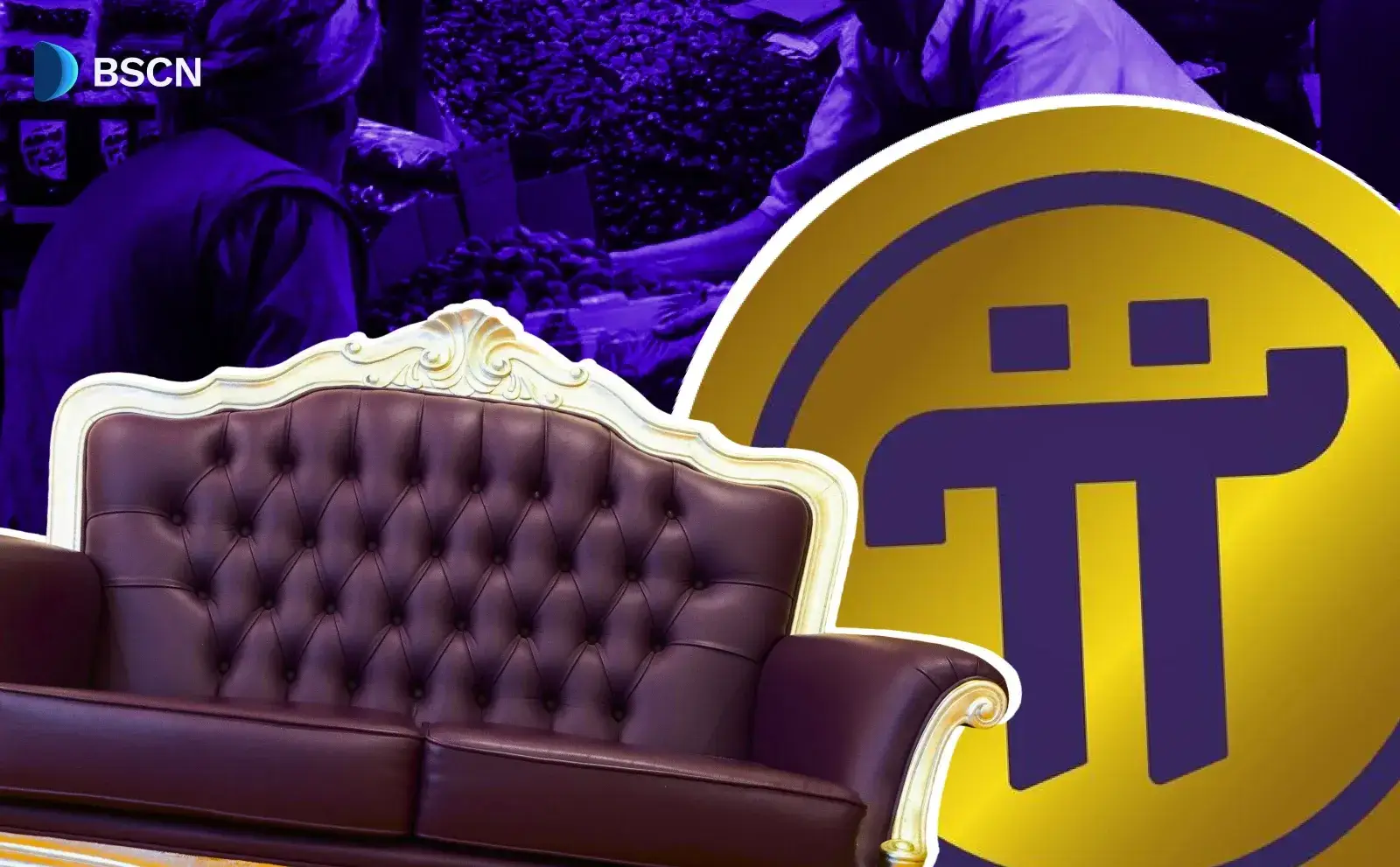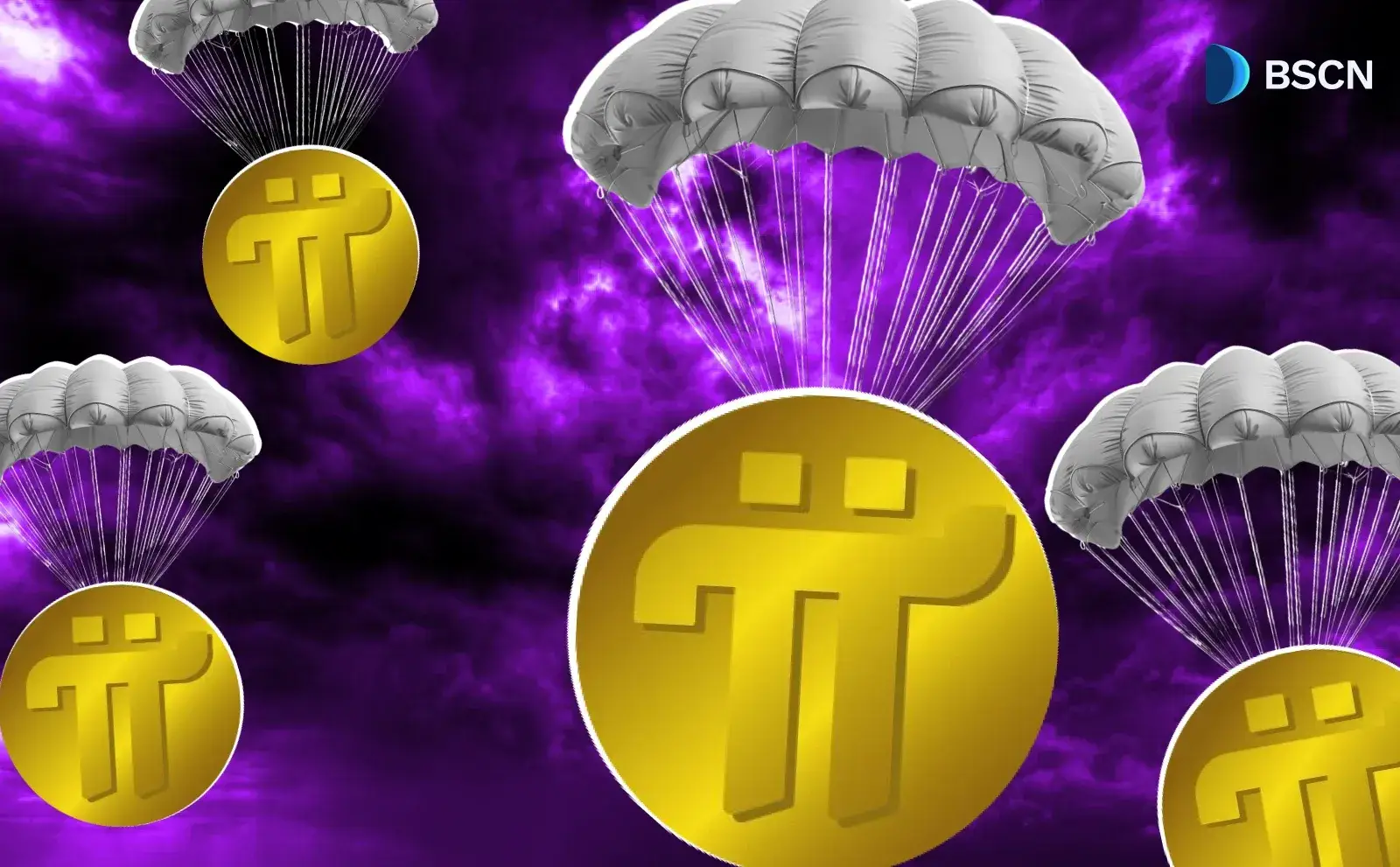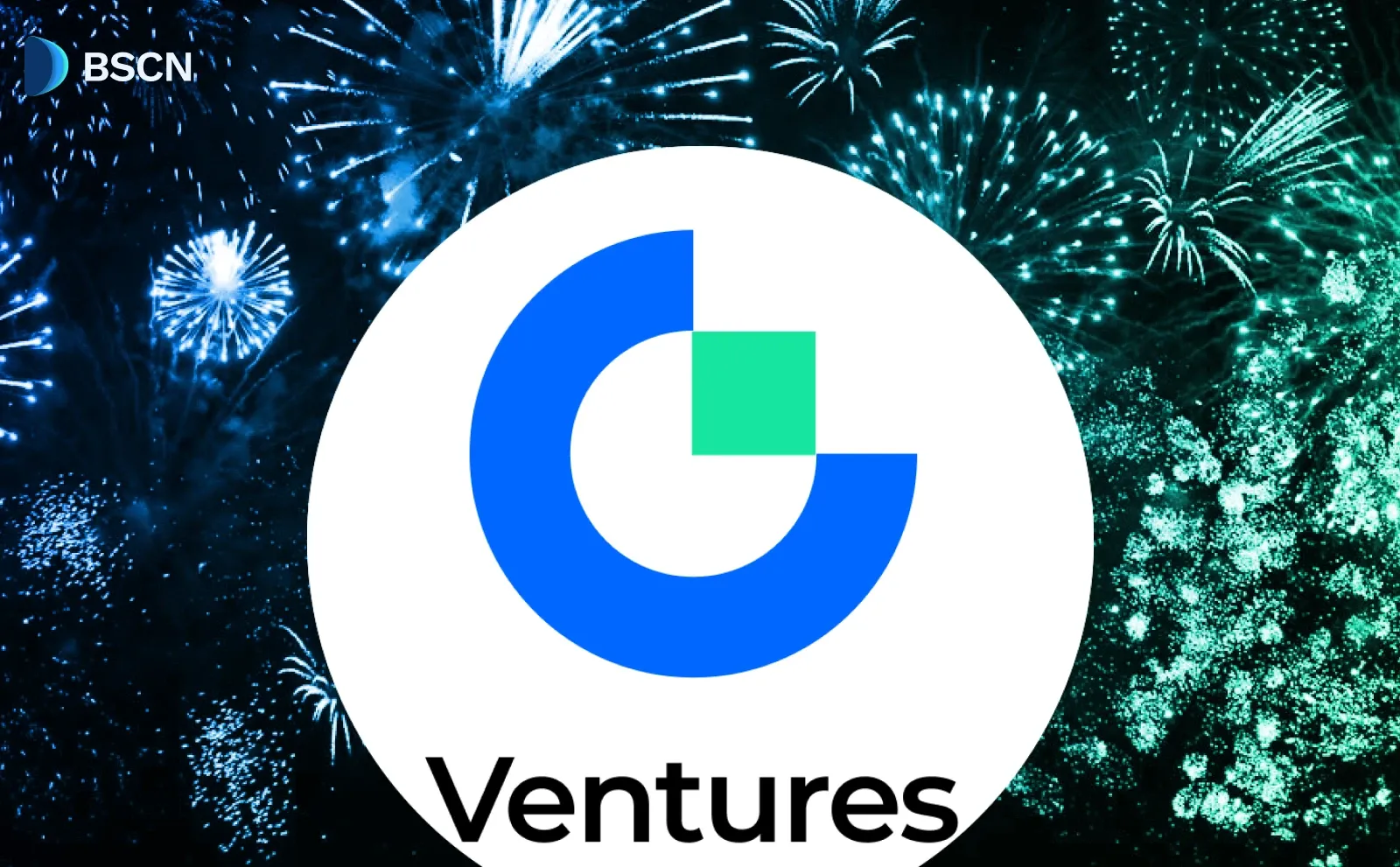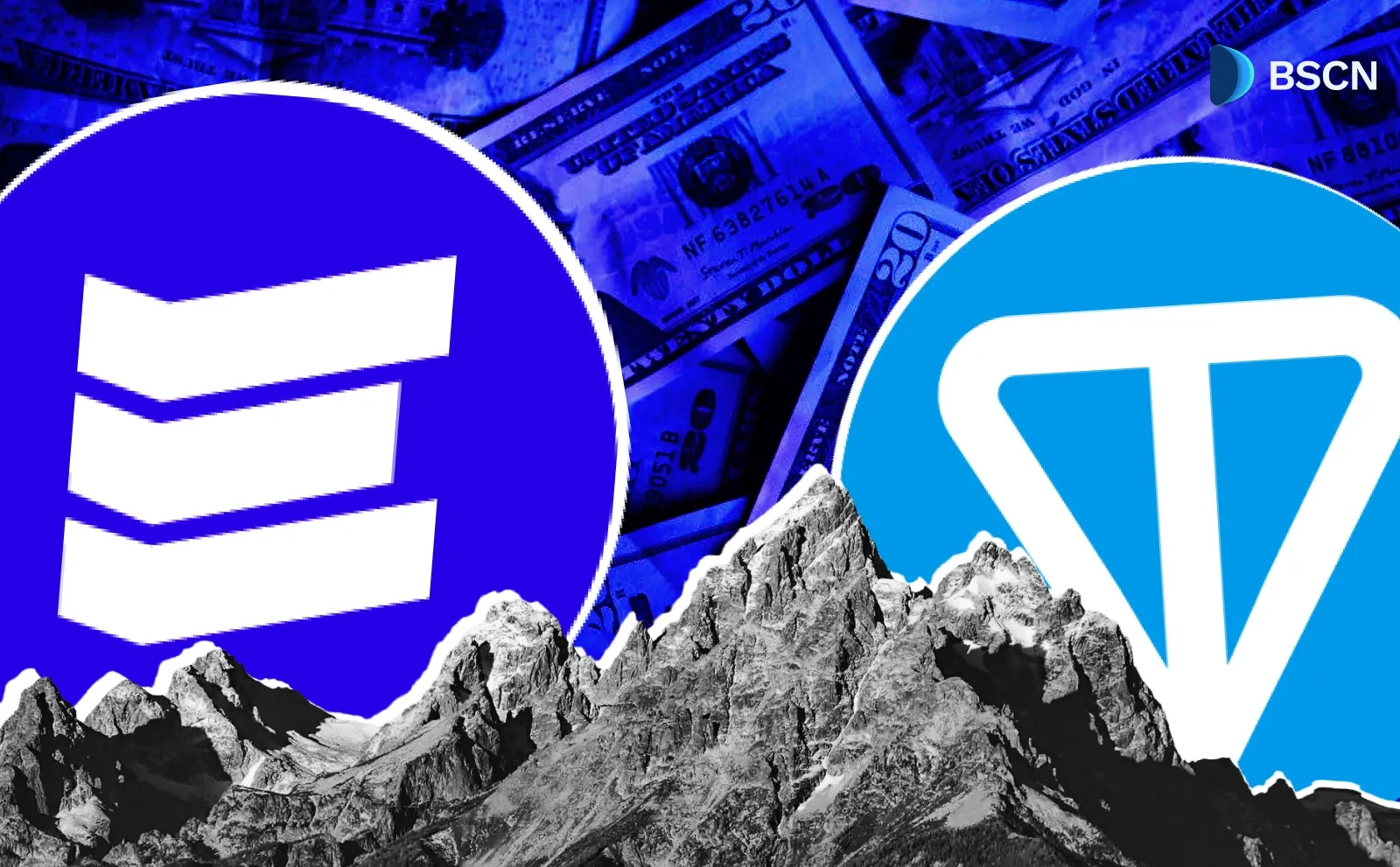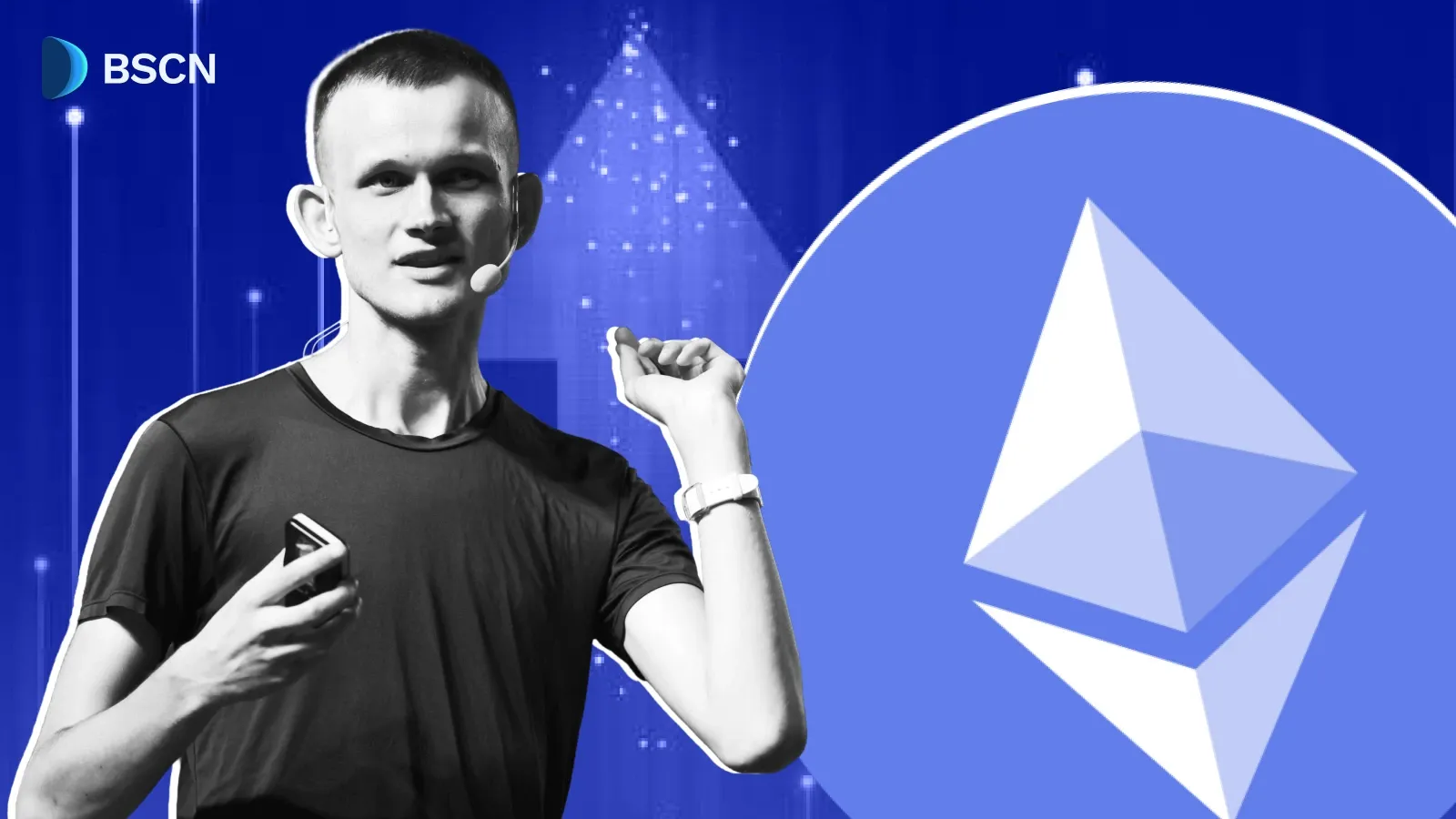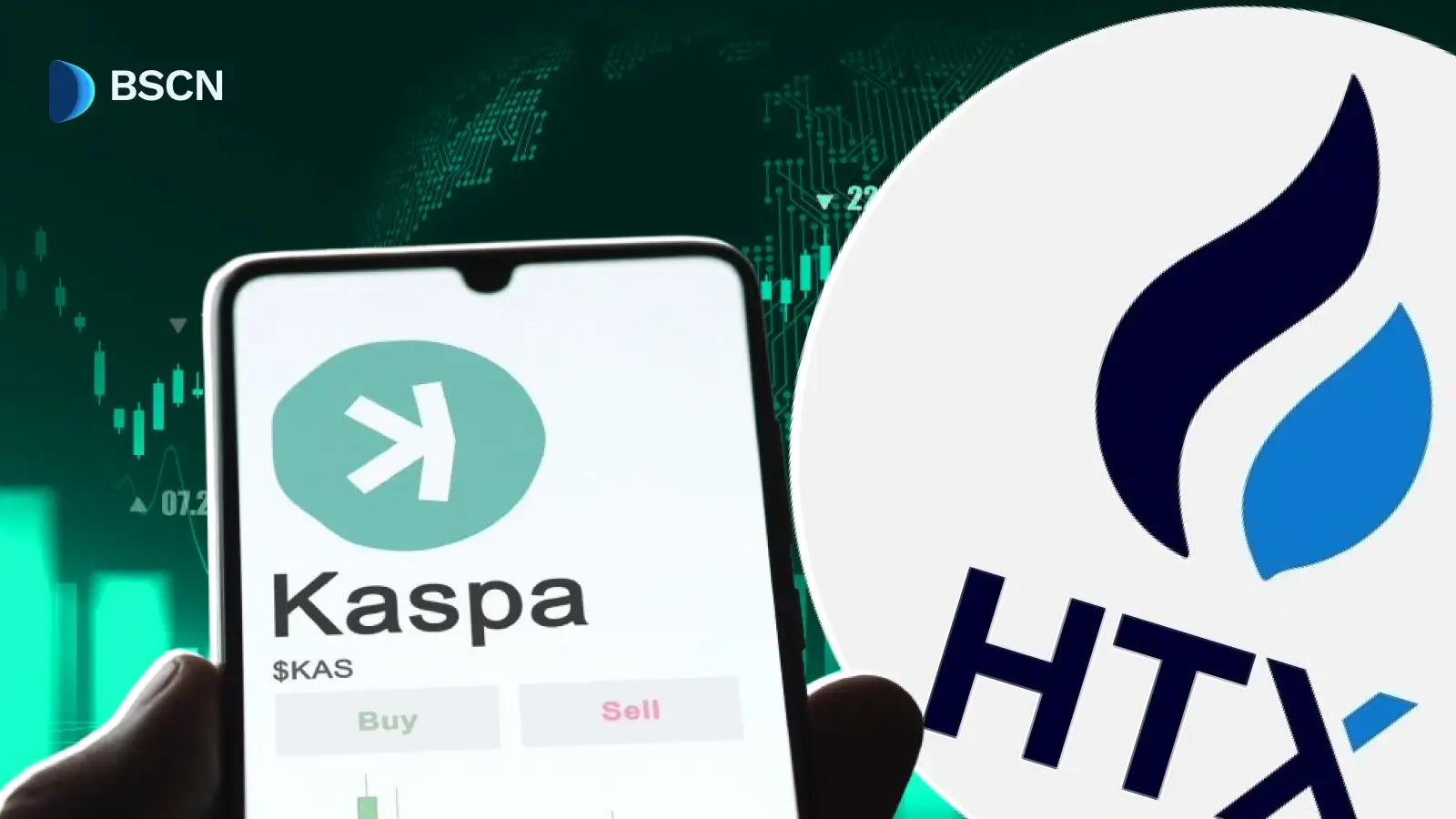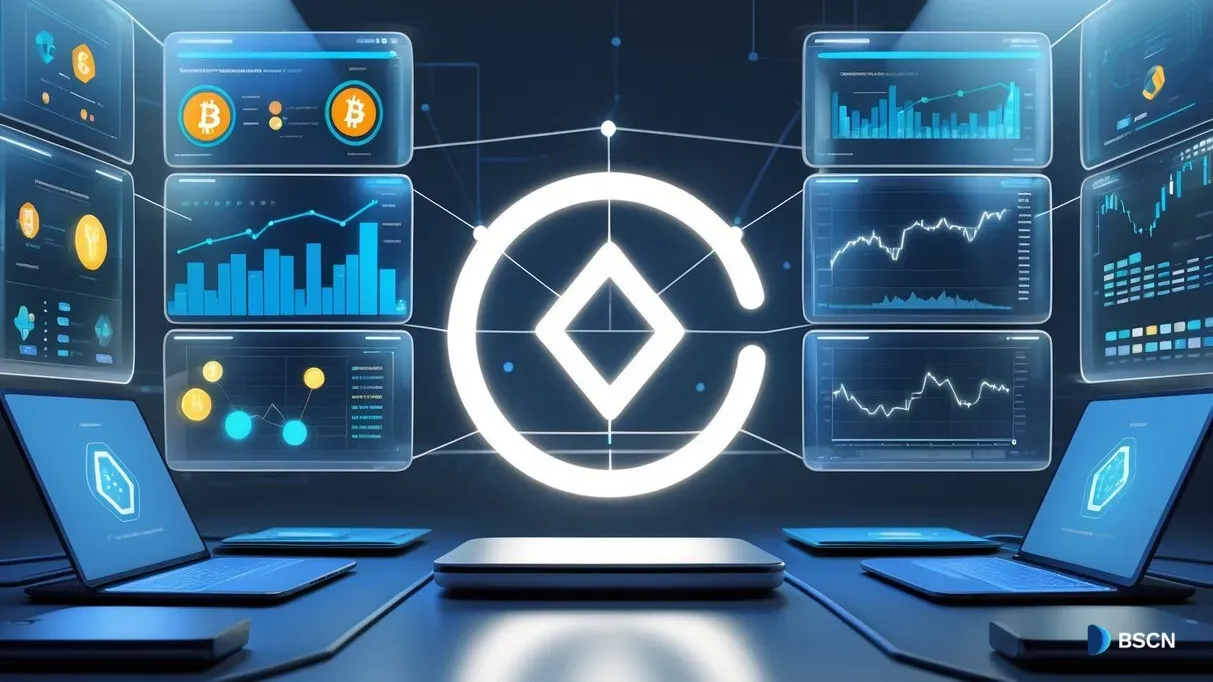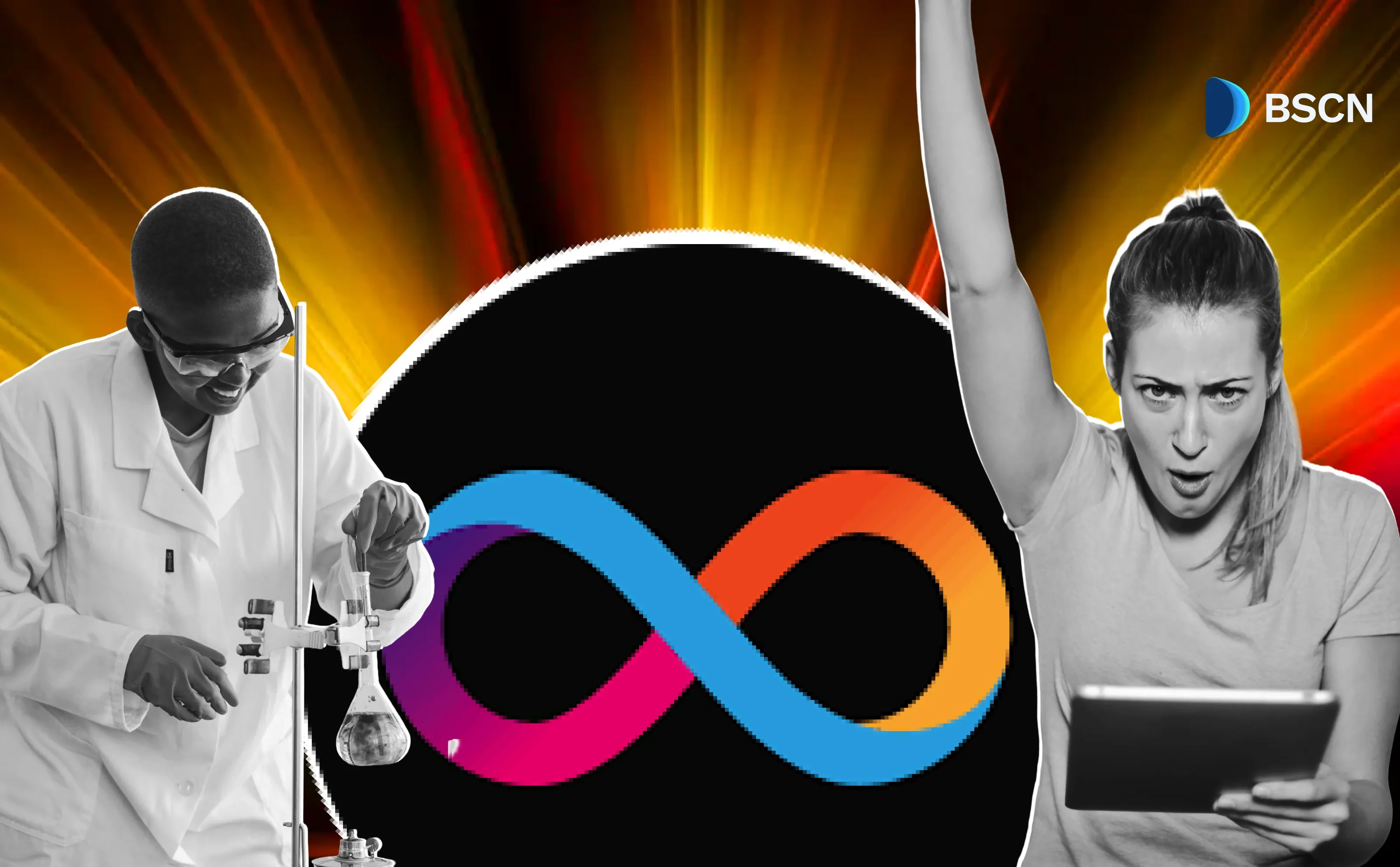News
(Advertisement)
Pi Network First Hackathon in Open Network Era: Key Details, Community Reactions, Prizes, and More

Pi Network's 2025 Hackathon, the first since Open Network launch, invites developers to build utility-focused apps, competing for 160,000 Pi prizes amid community skepticism.
UC Hope
August 18, 2025
(Advertisement)
Table of Contents
Pi Network has launched its first hackathon since the Open Network went live, inviting developers to create applications that use Pi cryptocurrency for real-world purposes. The event, Pi Hackathon 2025, offers a total prize pool of up to 160,000 Pi and will run from August 21 to October 15, 2025, as registration opened on August 15.
Background on Pi Network and the Open Network Launch
Pi Network enables users to mine Pi coins through a mobile app, eliminating the need for energy-intensive hardware. The project transitioned to its Open Network phase earlier in 2025, enabling external connectivity and broader application development. This shift followed years of development, including a Testnet phase and Know Your Customer (KYC) verification processes for users.
The Open Network launch aimed to support decentralized applications and real-world utility for Pi tokens. However, the project has faced challenges, including fluctuations in token value. As of mid-2025, Pi's price had dropped from approximately $3 in February to under $0.40 by July. Furthermore, community members still anticipate the asset’s listing on top-tier exchanges, such as Binance and Coinbase.
How Did Pioneers React to the Announcement?
The hackathon was announced on August 15, 2025, via an X post from the official Pi Core Team account. The post highlighted the event as the first community-wide hackathon following the launch of the Open Network and encouraged developers to build Mainnet applications focused on Pi's utility.
As expected, replies showed mixed reactions, with many users expressing frustration over ongoing issues. Common complaints included repeated delays in mainnet migration, locked tokens, and a lack of real-world usability, such as the inability to use Pi for everyday purchases like coffee. Critics pointed to problems with the KYC process, describing it as slow and prone to arbitrary rejections, with limited support from the team.
Some replies accused the project of centralization, noting control by a small core team and the absence of smart contracts or true decentralization. Users cited unclear tokenomics and a decline in community trust following years of mining without tangible benefits. Users echoed some reasons for the project's perceived failures, including unfinished tools like Pi App Studio AI and Pidapps.
Skeptics viewed the hackathon as a potential distraction tactic, questioning why developers would build on a platform with limited ecosystem liquidity.
Positive responses were fewer, with some users expressing their intent to participate with specific ideas. Overall, the thread reflected significant discontent, with calls for improved transparency, better support, and concrete actions to restore confidence as the hackathon hasn’t led to any bullish sentiment.
The Challenge: Building Utility-Focused Pi Apps
The hackathon's theme is open-ended, focusing on applications that promote Pi's utility and encourage ecosystem engagement. Developers must create Pi Apps that align with Mainnet Listing Requirements and address the real needs of users. The goal is to enhance accessibility for both existing Pioneers and newcomers who have not mined Pi.
“Build a Pi App that promotes the utility of Pi by encouraging and enabling people to engage with the ecosystem. This hackathon features a general, open-ended theme to invite broad creativity,” Pi Network wrote on its Blog.
Participants are advised to innovate based on practical needs, utilize open-source resources from Pi Open Source (PiOS), and leverage tools such as Pi App Studio and the Brainstorm app for ideation and prototyping. AI technologies, such as coding assistants, are permitted to aid development. Apps must integrate Pi for functions like payments or login, and emphasize long-term value on the Pi Mainnet blockchain.
Prizes and Incentives for Winners
The prize structure includes:
- First place: 75,000 Pi
- Second place: 45,000 Pi
- Third place: 15,000 Pi
- Up to five honorable mentions: 5,000 Pi each
This totals up to 160,000 Pi. Prizes are distributed to winning teams, but all members must pass Pi KYC to receive them.
How to Participate in Pi Hackathon 2025
To join, developers register via the official Hackathon Registration Form and subscribe to the email list for updates. They can form teams of any size, though focused collaboration is recommended to produce higher-quality apps.
- Participants can join by entering the invitation code "hackathon25".
- The portal supports creating and registering Mainnet apps, which require linking to a Testnet version.
- Apps must complete the checklist steps, including adding a PiNet subdomain.
- Collaboration tools like the Brainstorm app enable the sharing of prototypes, gathering feedback, and finding teammates.
- To link an app to Brainstorm, users propose a project, provide a summary, and connect it to their Developer Portal creation. This increases visibility among Pioneers.
Timeline for the Hackathon
The schedule is as follows:
- August 15, 2025: Registration and team formation begin.
- August 21, 2025: Official start of the hackathon.
- September 19, 2025: Midpoint check-in, where teams submit progress for mentorship and feedback.
- October 15, 2025: Final submission deadline for apps, demo videos, and forms.
The midpoint submission, though optional, includes app name, URL, screenshots, and a development plan. It can lead to community exposure and guidance.
Submission Requirements and Process
Submissions require two main steps: completing a Google Form with a demo video and submitting the app via the Developer Portal. Both are mandatory.
For the demo video, teams upload a concise clip, no longer than three minutes, to YouTube or similar platforms. It must include an introduction to the app's purpose, a walkthrough of its functionality, an explanation of the target audience, the problem it addresses, and details on Pi integration.
For the Developer Portal:
- Enter "hackathon25" on the Develop page to join.
- Create or select a Mainnet app, complete registration, and link a Testnet version.
- Reach Checklist Step 10 and tap "Submit to Hackathon."
- Submitted apps appear on the Hackathon Submissions page in the Pi Browser's Apps tab.
Wallet setup is not required for submission, but may be needed later for winners. Each user can submit up to two apps, which must be original, Pi-focused, and adhere to the guidelines. Apps need an English name, logo, description, preview images, PiNet integration, and a privacy policy.
App Review Criteria
Judges evaluate based on:
- Alignment with Mainnet Listing Guidelines.
- Pi utility and community needs.
- Technical completeness and innovation.
- User interface, user experience, accessibility, and navigation.
- Long-term utility on the Pi Mainnet.
- Uniqueness and distinctive use cases.
Apps must adhere to trademark rules and provide accurate English-language details.
Developer Tools and Support
As stated earlier, the Pi App Studio serves as a starting point for transforming ideas into apps. The Brainstorm app facilitates community interaction, sharing of prototypes, and collaboration. Developers can use PiOS for open-source contributions.
The hackathon encourages the use of the Pi Browser for all development activities. Submitted apps will be reviewed for eligibility, with winners announced after October 15.
Conclusion
Pi Hackathon 2025 provides developers with tools like the Pi Developer Portal, Pi App Studio, and the Brainstorm app to build Mainnet applications integrated with Pi cryptocurrency. It offers prizes totaling 160,000 Pi and a structured timeline from registration to submission.
The event supports open-source collaboration via PiOS and evaluates apps on criteria including technical completeness, user experience, and alignment with community needs. Through this, the protocol aims to expand the capabilities of its ecosystem on the Open Network blockchain.
For more information about the Pi Hackathon 2025, refer to the protocol’s blog.
Read Next...
Frequently Asked Questions
What is Pi Hackathon 2025?
The Pi Hackathon 2025 is Pi Network's first hackathon since the launch of the Open Network, running from August 21 to October 15, 2025. Developers build utility-focused apps using Pi cryptocurrency, competing for up to 160,000 Pi in prizes.
How do developers submit apps for the Pi Hackathon 2025?
Submissions require a Google Form with a demo video (up to three minutes) and app registration via the Pi Developer Portal using code "hackathon25." Apps must meet Mainnet guidelines, including providing English descriptions and integrating with PiNet.
What are the prizes for Pi Hackathon 2025 winners?
Winners receive 75,000 Pi for first place, 45,000 Pi for second place, 15,000 Pi for third place, and 5,000 Pi each for up to five honorable mentions, totaling up to 160,000 Pi. Team members must pass KYC.
Disclaimer
Disclaimer: The views expressed in this article do not necessarily represent the views of BSCN. The information provided in this article is for educational and entertainment purposes only and should not be construed as investment advice, or advice of any kind. BSCN assumes no responsibility for any investment decisions made based on the information provided in this article. If you believe that the article should be amended, please reach out to the BSCN team by emailing [email protected].
Author
 UC Hope
UC HopeUC holds a bachelor’s degree in Physics and has been a crypto researcher since 2020. UC was a professional writer before entering the cryptocurrency industry, but was drawn to blockchain technology by its high potential. UC has written for the likes of Cryptopolitan, as well as BSCN. He has a wide area of expertise, covering centralized and decentralized finance, as well as altcoins.
(Advertisement)
Latest News
(Advertisement)
Crypto Project & Token Reviews
Project & Token Reviews
Comprehensive reviews of crypto's most interesting projects and assets
Learn about the hottest projects & tokens

